Get in touch
The patient experience reimagined: Diagnosis
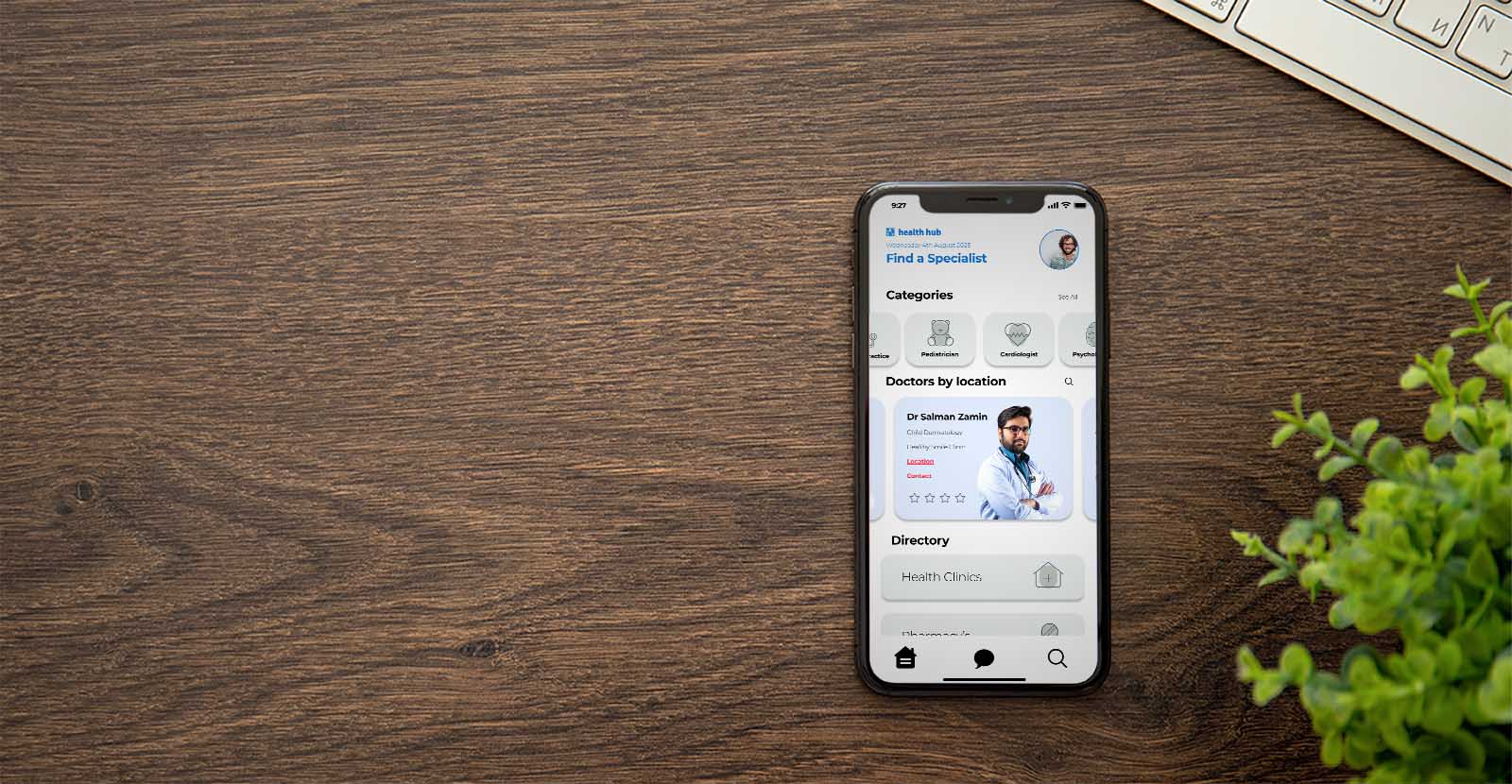
Is it time to move away from the rushed, human doctor diagnosis to a data and tech supported diagnosis? How might we balance doctor’s expertise and the advances in technology to work in synergy and make quicker and more reliable diagnoses?
New technologies, data collection and Ai are improving exponentially and frequently advancing daily medical practice. They make us better, more reliable, and precise. They enable us to assess significant quantities of data, cross reference and have a steady hand when operating. In the future, as technology and data become so advanced, it will be able to process much more information than a human and make a more accurate diagnosis.
All of this poses a big question... What then, will be the role of the doctors?
How can we balance doctor’s expertise and the advances of technology to work in synergy and make quicker and more reliable diagnoses, effectively allocate resources, and bring a human touch, whilst reducing costs?
Utilising elements of our Service Design System and input from stakeholders within the health sector, we’ve begun to reimagine what the patient experience of the future might look like, broken down into 5 key elements. This is Part 4 in a 5-part series, you can click here to go back and start reading from part 1.
The Patient Lifecycle Reimagined
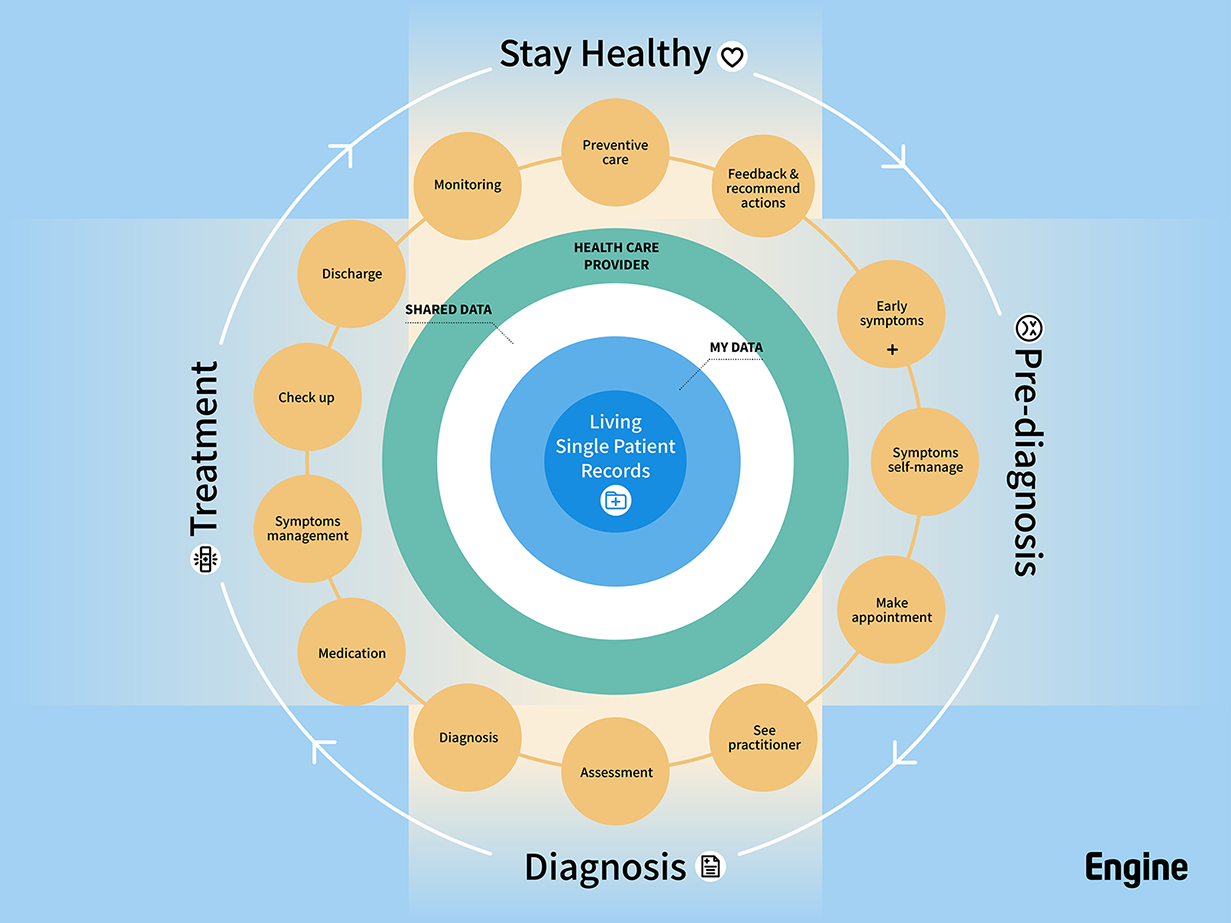
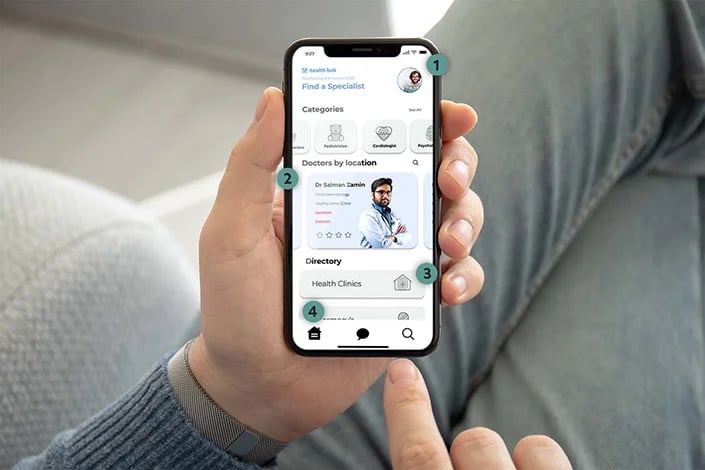
- Specialists can be searched for and saved based on expertise, location or rating.
- Specialists can be scrolled through and a patient can learn more about them by expanding their profile.
- Historical healthcare data can be accessed and shared with any specialist before the appointment.
- Insurance claims can be easily accessed and their progress tracked.
At the Diagnosis phase, we imagine the process would start before arriving at the doctors. Patients could send their personal health data on their way, including health history and dynamic data gathered on the go from wearable tech.
This would allow the system to assess the gravity of the patient’s sickness and manage resources, human doctors, nursing staff, equipment, and spaces more efficiently. The result could be a much-improved system to manage the inflow of patients.
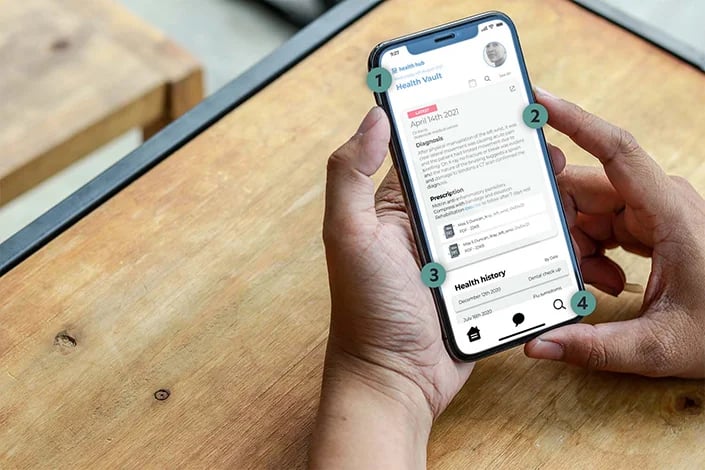
- Historical healthcare data is stored chronologically in the same format from all healthcare visits.
- An individual health record contains the diagnosis and prescriptions and can be shared with any healthcare professional or institution if required.
- All data from each healthcare visit is held within a single record e.g. X-rays
- Records can be searched with results presented by relevance.
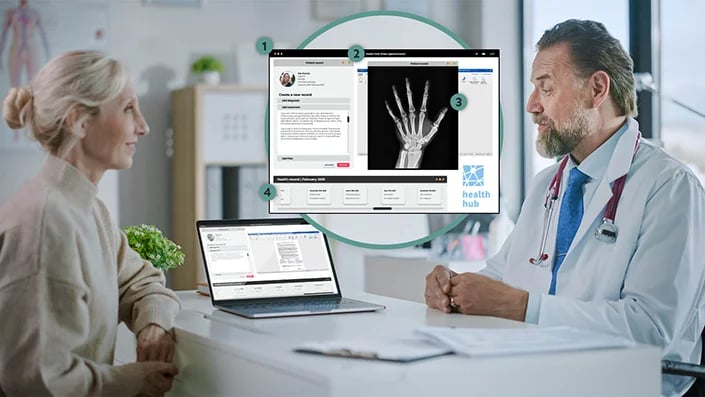
- Healthcare professionals have a doctors view of the record that is shared from the patient pre-visit.
- Healthcare professionals have a view of the patients record and can add to the record in real-time
- Additional files can be talked through as part of the consultation and then can be uploaded to the patients file.
- Doctors can see relevant healthcare history and see the same view as patients have of their own data.
On a patient’s arrival at the hospital, a team could be ready with all the necessary equipment, which is where the system works at its best. With all the data gathered, the teams could generate an assisted diagnosis by cross-analysing information that helps doctors make quicker and more reliable decisions.
Imagine the space this might create for doctors to focus on the human side of the experience, allowing space to add a layer of mental and wellbeing support. Imagine this well-oiled machine, leveraging both humans and tech to create a vastly improved experience for patients.
Making this a reality raises several challenges and questions:
- What skills will the caregiver of the future require?
- Will this create the need for any new roles?
- How might we define the right balance between human and machine centred decision making?
- How might we repurpose hospitals?
- What will the future patient and caregivers’ journey through the hospital of the future look like?
Click here to read more on this Healthcare Think and Make series, where we begin to answer these questions as we explore the fourth pillar of a reimagined patient journey - Treatment
Or better still – join the conversation and have the opportunity to influence this discussion with our expert panel, including David Hadley from Mediclinic and Dean Pollard from Bupa. This British Business Group event, sponsored by Engine Service Design, can be attended either live and in person if you are in Dubai, or virtually if you are anywhere else in the world.
Hybrid support services are here to stay
How the Health and Wellness sector is evolvingThe future of automotive retail: the 5 most important things automotive brands should do
The automotive industry is changing, and in this first blog in our automotive series, we explore...Standing out in a crowded market: Cultivating distinctiveness in your organisation
The challenge of brand distinctivenessBook time with a service design expert.
Discover the transformative power of service design and unlock the full potential of your business. Get in touch with our service design experts today and start improving or innovating your services and customer experience.